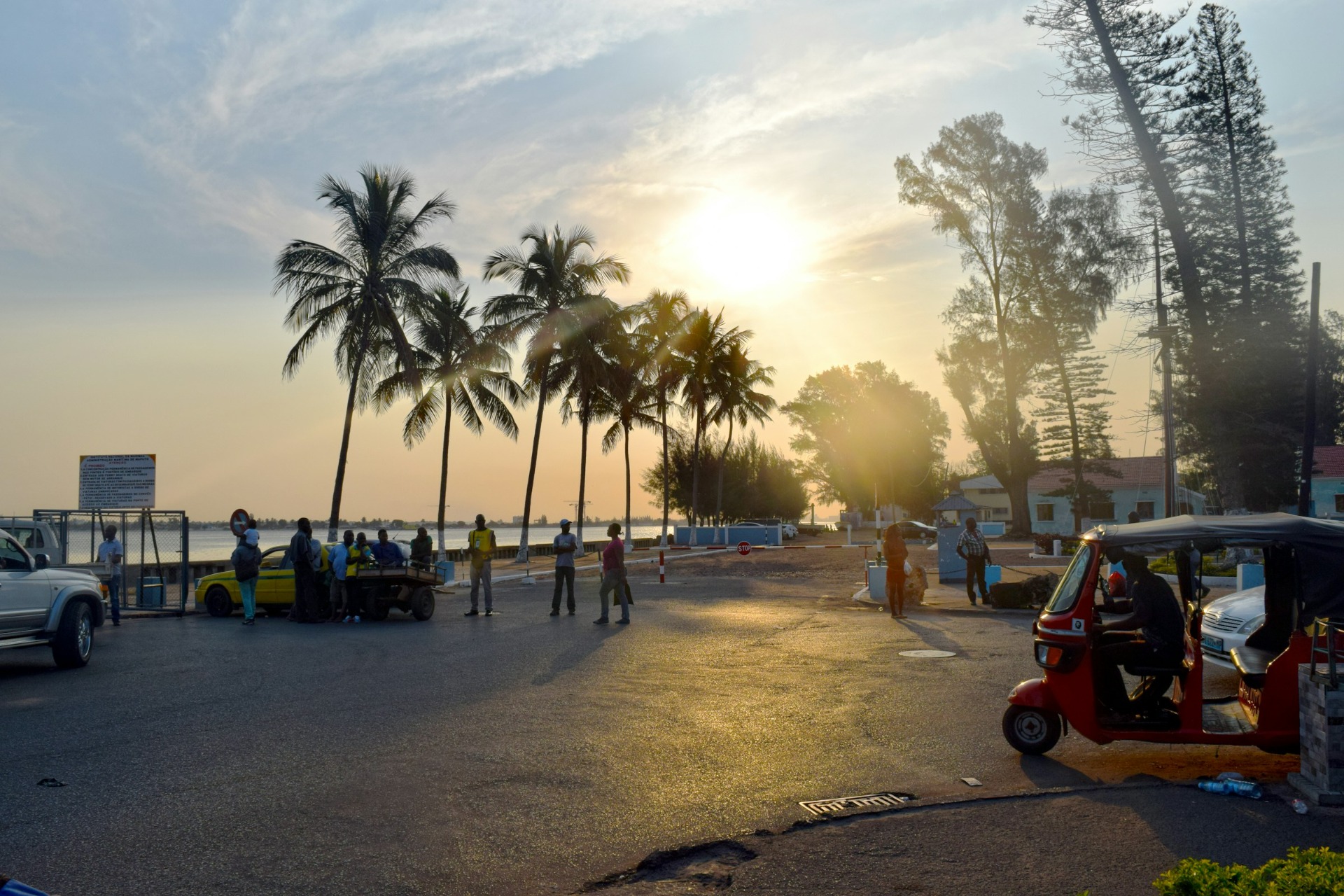
Giriyondo border crossing point
Border Crossings: Giriyondo Tourist Access Facility
The Giriyondo Tourist Access Facility (sometimes referred to as Giriyonda or Giriyondo Border Post on the Mozambican side) stands apart as a highly specialized crossing whose sole purpose is tourism and conservation. Deeply embedded within the Great Limpopo Transfrontier Park (GLTP) initiative, this gateway links South Africa's Kruger National Park (KNP) with Mozambique's Parque Nacional do Limpopo (LNP) in a seamless cross-border wilderness experience.
Unlike the commercial chaos of Lebombo/Ressano Garcia, Giriyondo operates under strict regulations designed to protect the park environment and ensure only serious safari-goers make the crossing. This is not a shortcut – it's a "lifestyle decision" that demands meticulous preparation.
1. Specific Operating Hours and Time Criticality
Giriyondo ranks among the border crossings with the most restricted operating hours. These times are seasonally adjusted and rigorously enforced:
Summer Season (1 October to 31 March): 8am to 4pm
Winter Season (1 April to 30 September): 8am to 3pm
The Stakes of Missing Closing Time
The strict closure time presents a significant operational risk. Visitors who fail to reach the border crossing in time must overnight at the nearest official accommodation within Kruger National Park. Traveling in the KNP after regular gate closing times is prohibited – no exceptions.
This isn't merely inconvenient; it can derail your entire itinerary and potentially cost you your reserved accommodation on the Mozambican side.
2. Mandatory Accommodation and Booking Requirements
Here's where Giriyondo becomes truly distinctive. The most important regulatory hurdle is the obligatory overnight rule:
Proof Required
A minimum stay of one night in official accommodation in either the Kruger National Park (KNP) or Limpopo National Park (LNP) is required.
Timing Matters: Your booking date must fall immediately before or immediately after the date of your border crossing.
No Proof, No Entry: Without documentary evidence of such an official booking, visitors will be refused passage. Don't arrive hoping to talk your way through – the rule is absolute.
This requirement ensures the crossing serves its intended purpose: facilitating genuine transfrontier park experiences, not general transit.
3. Vehicle Restrictions and Infrastructure
Giriyondo is a low-volume route where road conditions in the LNP dictate the type of vehicles permitted.
The 4x4 Requirement
The border crossing is open only to 4x4 vehicles. This isn't optional. The roads in Parque Nacional do Limpopo are still being developed and can be sandy, heavily corrugated, and rocky – terrain that will defeat any standard vehicle.
Additional Restrictions
- Commercial Traffic: Strictly prohibited
- Axle Load Limit: Vehicles must not exceed a maximum axle load of four tons
- Trailers and Boats: Permitted but at owner's risk
These restrictions keep traffic volume manageable and protect the park's delicate road infrastructure from damage by heavy or unsuitable vehicles.
4. Travel Time and Logistics
Journey times must be carefully calculated to comply with the strict closing hours. The distances may not look intimidating on a map, but wilderness roads demand respect.
On the South African Side (KNP)
The route from Phalaborwa Entrance Gate to the Giriyondo Tourist Access Facility covers approximately 95 km and takes a minimum of 2 hours and 15 minutes. Factor in wildlife sightings and mandatory speed limits, and you'll understand why rushing is impossible.
On the Mozambican Side (LNP)
The journey from Giriyondo to Massingir spans approximately 75 km and requires at least two hours. The roughly 70 km stretch between Giriyondo and Massingir can take up to 2 hours due to elephants on the road and speed bumps.
In total, traversing the LNP can consume up to three hours for just 68 kilometers due to poor road conditions. This isn't a highway – it's a wilderness track where nature sets the pace.
Planning Implications
Work backward from closing time. If you're crossing during winter (3pm closure), you need to be at the border by 3pm at the latest. If it takes 2+ hours to reach Giriyondo from Phalaborwa Gate, you need to enter KNP no later than mid-morning – earlier if you want any chance to enjoy wildlife viewing along the way.
5. Documentation and Procedures
Border procedures are administratively intensive and require specific documents, similar to other crossings but with some unique quirks.
Essential Documents
- Visas: Can be purchased at the border on the Mozambican side
- Vehicle Documents: Valid passports, vehicle registration documents, and for financed vehicles, an authorized letter of permission from the bank
- Temporary Import Permit (TIP): The TIP (DA 341 form) is mandatory
A Critical Warning
There are reports that Giriyondo sometimes runs out of TIP forms, potentially requiring you to refill forms on the Mozambican side. Bring patience and possibly your own blank forms if you can source them in advance.
Avoid Corruption Issues
Although Giriyondo is a quiet border crossing, meticulous attention to detail is essential. Ensure you:
- Pay the PNL entrance fees and get proper receipts
- Have all documents officially stamped (including TIP and entry/exit cards)
Failure to do so can create serious problems later with Mozambican traffic police, who may view missing stamps as evidence of illegal entry.
The Giriyondo Experience: Is It Worth It?
Giriyondo isn't for everyone. It's a border crossing that demands:
✓ A capable 4x4 vehicle
✓ Confirmed accommodation in KNP or LNP
✓ Careful time management around seasonal closing hours
✓ Willingness to navigate developing park infrastructure
✓ Patience with administrative procedures
What you get in return is something extraordinary: the chance to experience one of Africa's greatest transfrontier conservation areas, crossing between two magnificent national parks in a journey that blurs the line between countries and immerses you completely in the wilderness.
This is safari as it was meant to be – unrushed, authentic, and deeply connected to the landscape. Just make sure you've done your homework first.